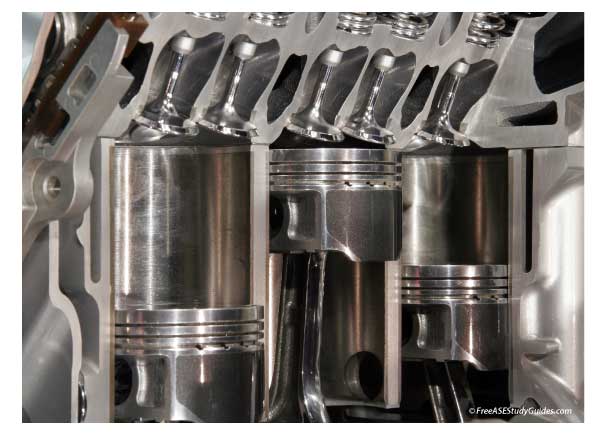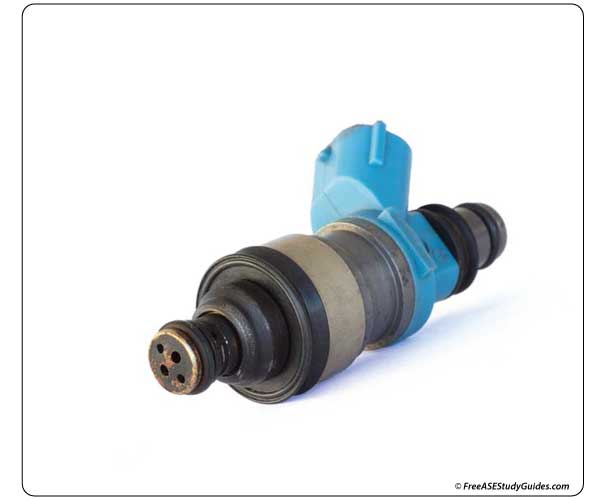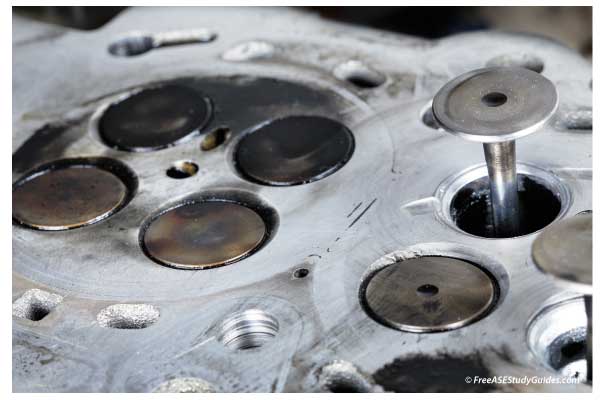Troubleshooting by Exhaust Color

For proper combustion, each chamber requires the correct air-fuel mixture and a tight seal. As a result, vehicle emissions and exhaust color can reveal what's going on inside the engine's cylinders.
Blue/Gray Smoke:
Blue-gray smoke indicates oil burning in the combustion chamber. These are possible symptoms and causes:

Valve Seals: Leaking valve seals cause blue/gray smoke at startup because gravity pulls oil past the seals into the cylinder after the engine is shut down.
Valve Guides: Excessive clearance between the valve stem and the valve guide allows oil to leak past the gap into the cylinder.
Piston Rings: Worn or damaged piston rings cause oil blowby resulting in blue/gray smoke.
Worn Cylinder Walls: Worn cylinder walls cause oil blowby resulting in blue/gray smoke.
PCV System: A stuck closed PCV system causes excessive crankcase pressure, resulting in blue/gray smoke.
Black Smoke:
Black exhaust smoke indicates a rich air-fuel ratio. These are possible causes:

Fuel Injectors: A leaking or dripping fuel injector, causing a rich fuel condition.
Fuel Pressure Regulator: A stuck closed fuel pressure regulator causes a rich fuel condition.
Fuel Return: A restricted fuel return line causes a rich fuel condition.
White/Gray Smoke:
White exhaust smoke indicates coolant burning in the combustion chamber. These are possible causes:

Cylinder Head: A crack in the cylinder head (around the coolant jacket) causes coolant to enter the combustion chamber.
Engine Block: A crack in the deck of an engine block near a coolant jacket causes coolant to enter the chamber.
Head Gasket: A damaged or blown head gasket causes coolant to enter the combustion chamber, resulting in white/gray exhaust at the tailpipe.